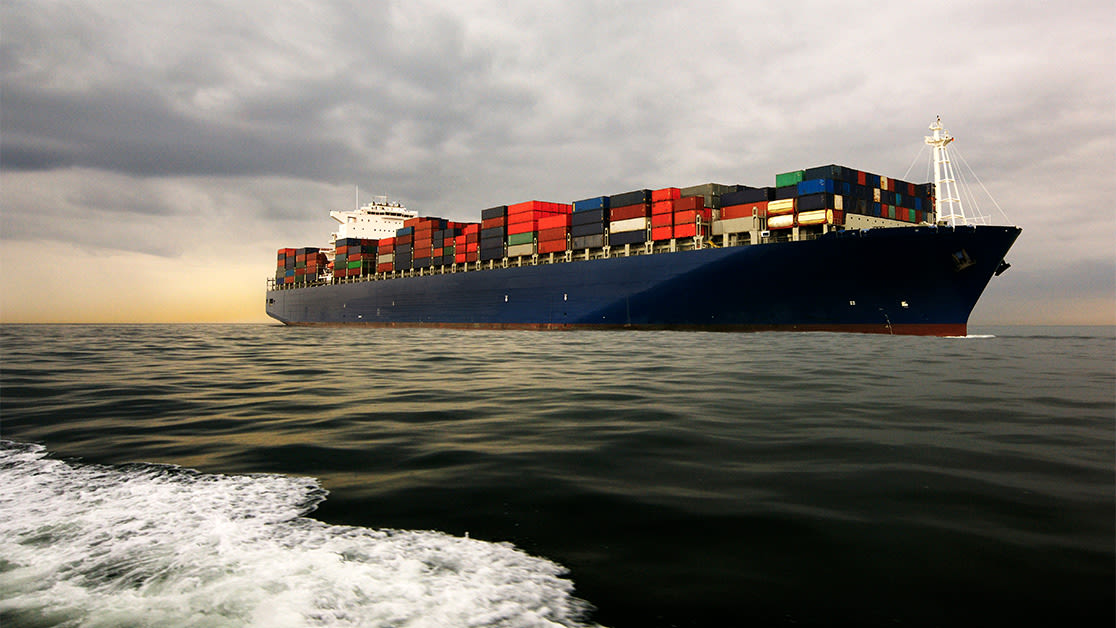
September 24, 2024
The Future of Ocean Carrier Alliances: How Network Redesigns Will Transform The Global Ocean Freight Market in 2025
Tags:
The Future of Ocean Carrier Alliances: How Network Redesigns Will Transform The Global Ocean Freight Market in 2025

September 24, 2024
The global shipping industry is set to experience some significant changes as we move towards 2025. Ocean carriers are adjusting their alliances, leading to a shift in how container shipping is organized. These changes followed recent disruptions, such as the Suez Canal blockage, labor strikes, and port congestion, which broadly impacted the industry. For businesses involved in global trade, it’s important to understand how these adjustments will bring both new opportunities and challenges as the industry adapts.
The New Alliance Landscape
The reshuffling of ocean carrier alliances will introduce four major groups in the global shipping space, as new partnerships emerge and others dissolve:
- Gemini Cooperation: A new alliance between Maersk and Hapag-Lloyd, which had a ripple effect on the former “The Alliance”, now being renamed to:
- Premier Alliance: A rebranded version of the previous “The Alliance,” consisting of ONE, Yang Ming, and HMM, but without Hapag-Lloyd.
- Ocean Alliance: This alliance remains unchanged, with CMA CGM, Evergreen, Cosco, and OOCL continuing their cooperation.
- Standalone Carriers: Like MSC, which has officially parted ways with alliances, choosing to operate independently but with new strategic partnerships on certain tradelanes.
This reshuffling signals not only a shift in power dynamics but also a rethinking of operational strategies. Each alliance is developing its unique network design, which will have far-reaching implications for global trade routes.
Network Redesigns and Regional Focus
Several noteworthy changes include:
- MSC’s UK and Hamburg Focus: MSC is expanding its UK presence, increasing services from three to five port calls. Additionally, the carrier is redirecting its European focus from Bremerhaven to Hamburg, with the number of calls increasing from one to four.
- The Gemini Corporation's Hub-and-Spoke Model: The new network will follow a hub-and-spoke model, which is widely used in many industries, such as airfreight, where main routes (or "main lines") connect large hubs, and smaller routes ("shuttles") serve secondary locations. However, this model is not yet common in ocean freight, making it a fascinating approach. By adopting this system, the industry can expect increased efficiency and streamlined operations. One of the major benefits of this shift is greater resilience and improved reliability. Currently, the shipping market sees schedule reliability rates of 50-60%, and in good seasons, it can reach 70-80%. With this new model, Gemini is aiming for a schedule reliability target of 90%, which is significantly higher than what the market offers today. This improvement could greatly enhance service consistency and customer satisfaction. Watch Flexport CEO Ryan Petersen and Hapag Lloyd CEO Rolf Habben Jansen explore the key insights of the Gemini Corporation's Hub-and-Spoke Model and share their expert perspectives in this webinar.
- Premier Alliance Expansion to the US West Coast: This alliance is increasing the frequency of services to the US West Coast, offering three weekly departures from Shanghai and Ningbo to Los Angeles.
There is also a clear shift towards Southeast Asia, with an increase in port calls, while calls at Chinese ports are being reduced. This isn't surprising, given that Southeast Asia has seen stronger growth in recent years (7.1% annually compared to 6.6% for China since 2019), as many companies have diversified their supplier strategies.
Implications for Shippers
For shippers, the reshuffling of alliances presents both opportunities and challenges. On the one hand, new service options, improved transit times, and enhanced product offerings could benefit businesses looking to optimize their supply chains. On the other hand, the transition period could bring disruptions, as vessels are repositioned, carriers adjust to new partners, and some alliances shift port calls.
Opportunities:
- New service offerings with improved transit times.
- Greater diversity in shipping products and services.
- First-call advantages at key ports like the UK and Hamburg.
Challenges:
- Potential transition issues as vessels are repositioned.
- Possible delays in documentation processes, such as dangerous goods applications.
- Early-stage teething problems as carriers fine-tune their new partnerships.
The real beneficiaries of the newly announced networks seem to be the shippers. These redesigned networks offer more services and a broader and more varied selection, thanks to their distinct configurations. This diversity in service offerings is expected to provide shippers with more weekly departures, greater flexibility, and potentially better lead times, which can significantly enhance supply chain performance.
Looking Ahead: Strategies for Shippers
To navigate this new landscape, shippers must stay proactive and adaptable. Here are some strategies to consider:
- Stay Informed: Keeping up with new service offerings and network changes is crucial. Regularly validate routing options to find better lead times or more frequent services.
- Be Flexible: Prepare for potential disruptions during the transition period. Consider accessing all alliances to ensure cargo keeps moving smoothly, even during times of uncertainty.
- Reassess Supply Chain Strategies: With the reshuffling of networks, shippers should reevaluate their strategies. Are there new direct connections that could optimize supply chain performance? Can these new services offer better reliability?
- Plan Ahead: Early bookings are more critical than ever—place bookings 3-4 weeks ahead of your cargo-ready date to ensure smooth processing. Avoid last-minute changes in port loading, discharge locations, or cargo readiness to minimize disruptions.
A New Era of Competition and Innovation
The reshuffling of ocean carrier alliances signals changes ahead for global shipping. The goal is to provide more efficient, reliable, and diverse services. To succeed, shippers should stay informed, adaptable, and open to reassessing their strategies. With 2025 approaching, the maritime sector offers new opportunities and increased competition, benefiting businesses involved in global trade.
About the Author

September 24, 2024


